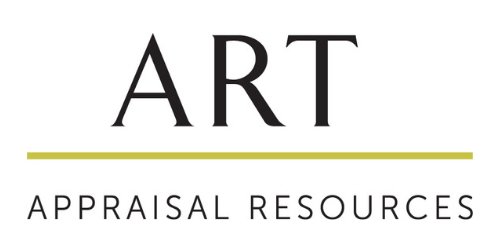Estate Tax Planning Strategies for Art Collections
/Estate tax planning is crucial for individuals to manage and minimize the tax implications of transferring their wealth and assets to future generations. Effective estate tax planning not only ensures the preservation of wealth for beneficiaries but also contributes to their overall financial security and long-term goals.
Incorporating art collections into estate planning presents some unique challenges or considerations due to the nature of valuing and distributing art assets. In this post, we will discuss the importance of accurately valuing your art collection, the estate tax implications of art collections, and strategies for mitigating estate tax liability.
Valuation of Art Collections
Determining accurate valuations for art pieces can be complex and subjective, therefore it requires expertise from a certified appraiser. An appraiser will start by documenting all information about the art piece or collection including its artist, title, date of creation, history of ownership, and publication history. Appraisers also use comparative analysis to provide a basis for estimating the artwork’s potential market value. A certified appraiser will have a thorough knowledge of market trends, genre knowledge, and will adhere to ethical guidelines and industry standards set by the International Society of Appraisers (ISA) and the Appraisers Association of America (AAA). This ensures integrity in their valuation process. After collecting and analyzing all relevant information, the appraiser will prepare a comprehensive appraisal report.
Estate Tax Implications of Art Collections
Art holdings can significantly impact an individual's overall estate tax liability due to their potential high value and the complexities surrounding their valuation. In many jurisdictions, there's an estate tax exemption threshold, which is the amount of assets an individual can leave to heirs without incurring estate taxes. If the total value of the estate, including art holdings, exceeds this threshold, the excess may be subject to estate taxes. Art is also often considered a non-liquid asset, meaning its value is tied up in the artwork itself and might require the sale of the art to generate cash to pay estate taxes. This can create liquidity challenges for heirs who wish to retain the art while also meeting tax obligations.
Strategies for Mitigating Estate Tax Liability
There are strategies to minimize the estate tax liabilities mentioned above when dealing with art collections. Some of these strategies include gifting, establishing trusts, fractional ownership, donating to charities or utilizing valuation discounts. It is important to consult with both legal and tax professionals when implementing estate tax planning strategies involving art.
Creating a thorough estate tax plan for your art collection is important, you can start by contacting us at our Portland Office or San Diego office for a certified art appraisal or consultation.
